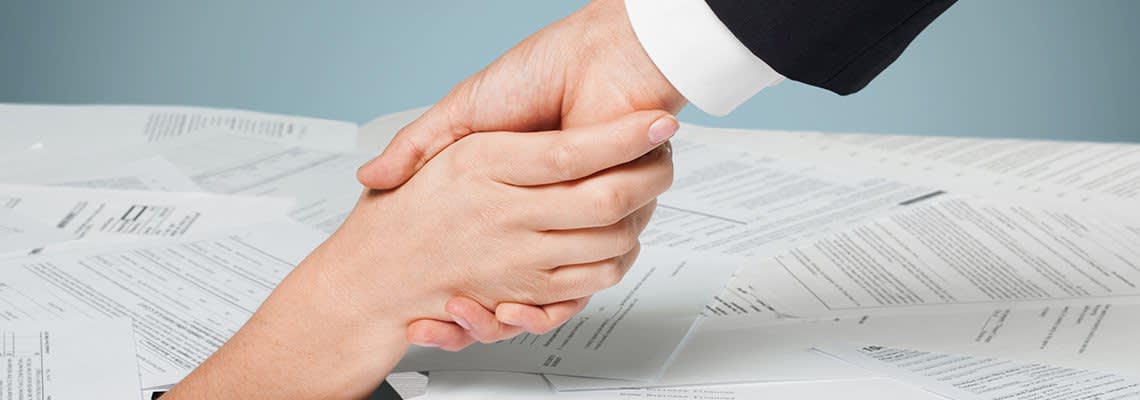
When is Filing for Bankruptcy a Good Option?
When a person is in crippling debt, they may be experiencing a deep fear, worried that there is nowhere to turn. In 2019, according to statistics released by the Administrative Office of the U.S. Courts, 774,940 people filed for bankruptcy. There is a certain stigma attached to filing for bankruptcy, but truthfully, bankruptcy can happen even to those who are prudent and financially responsible. Once a person is so far into debt, possibly through little to no fault of their own, they can begin to work long hours only to feel their debt growing exponentially as the days go on. For many people in this position, a declaration of Chapter 7 or Chapter 13 bankruptcy may be a method of clearing or becoming current on debts and starting their lives anew from a relatively blank slate.
Bankruptcy is a legal process that allows people and businesses to eliminate all or a portion of their debt, or allows them to stretch out payments for a certain duration with the purpose of becoming current. Chapter 13 is a legal process aimed at individuals who need the chance to catch up with payments over time – it is essentially a Court-enforced repayment plan. Chapter 7 bankruptcy is a process known as “liquidation bankruptcy” where the Court will preserve certain assets and liquidate others to pay creditors in a certain portion while discharging the debtor from the remainder of the debt.
Who Qualifies for Bankruptcy in California?
The qualifications for Chapter 7 and Chapter 13 bankruptcy differ. In order to qualify for Chapter 13 bankruptcy, a person’s income must be regular, and the debt cannot exceed certain thresholds set for both unsecured and secured debt, or $419,275.00 and $1,257,850.00, respectively. Additionally, a person must be current on all tax filings. In order to qualify for Chapter 7 bankruptcy, an individual must pass a bankruptcy means test, which is designed to weigh all existing debt against income to determine if the income falls below the median income of the state where the debtor lives.
The Advantages & Disadvantages of Filing Chapter 7 Bankruptcy
There are several advantages that one can gain from filing for bankruptcy, but the most important and most obvious is getting a fresh start by being discharged from certain types of debt. Likewise, filing bankruptcy gives people relief from constant debt collection calls because the Court will issue an automatic stay against creditors during the pendency of the bankruptcy proceedings until its resolution. Lastly, a debtor may be able to maintain ownership over certain exempt property after bankruptcy. These exemptions may be certain types of assets or a certain dollar value amount of an asset that will not be seized during the process.
One downside to filing for bankruptcy is that a debtor might lose their credit cards, as credit card companies may close out the accounts as soon as they are notified of the proceedings. Further, a bankrupt person may realize a negative impact on their credit score—at least at first. However, it is entirely possible to build up great credit after you’ve filed for bankruptcy. An additional disadvantage to bankruptcy is that certain debts are not discharged during a bankruptcy proceeding, known as non-dischargeable debts. These debts typically include court fines, alimony or child support, or certain student loans.
Making the decision to file for bankruptcy in Los Angeles and beginning the process can be one of the most stressful events in someone’s life. Thankfully, at The Orantes Law Firm, we can help you determine if bankruptcy is the right decision for you, and ensure you are making educated decisions every step of the way. If you live in Los Angeles County, Orange County, or Irvine, call us at The Orantes Law Firm. We’re ready to help create a plan that is right for you.
